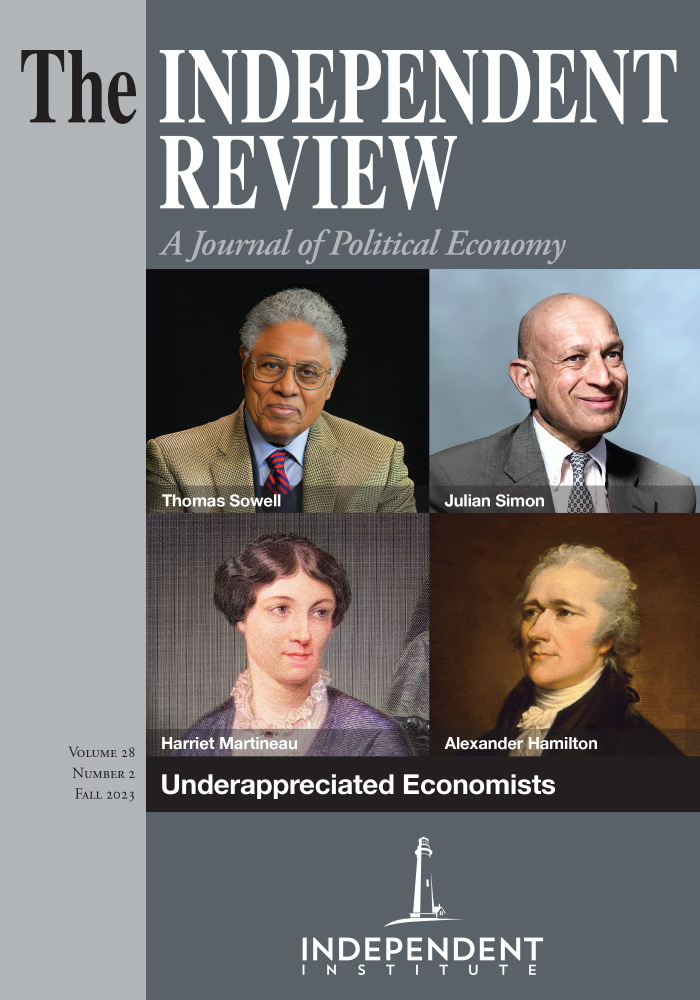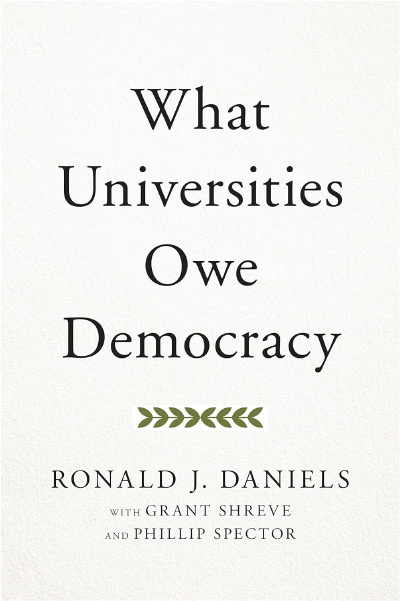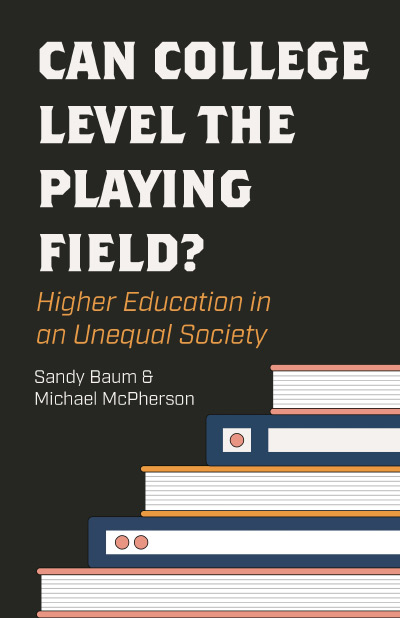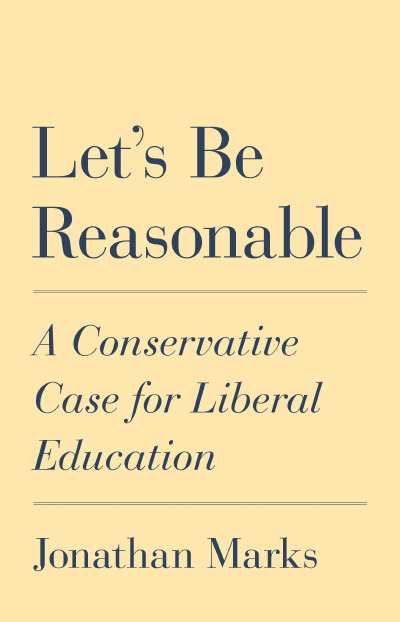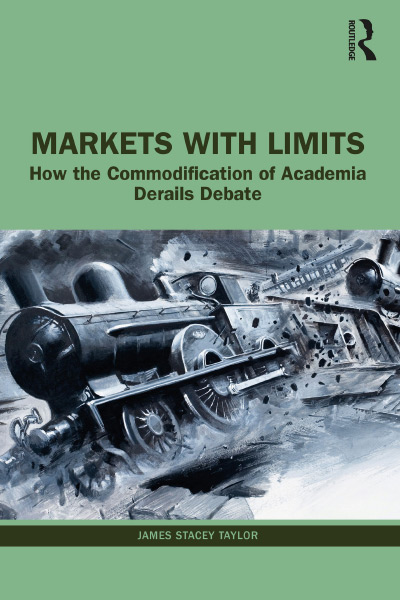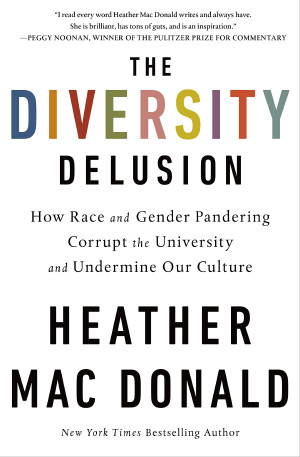American academia is a horrid place, at least according to Radical Hope: A Teaching Manifesto. Author Kevin Gannon’s entry into the crowded field of diagnostic commentaries about higher education begins with a bleak diagnosis of its many ills. Colleges and universities, we are told, suffer from “decades’ worth of financial strangulation,” all the “fruit of a neoliberal, market-driven ideology.” Accompanying these claimed ailments are resource cuts that fall especially hard on professors, the majority of whom, “numerically speaking,” are adjunct and contingent faculty. Academic freedom is also under assault, albeit almost entirely from “right wingers” who finance “institutes” and “demand control over hiring and curricular decisions.” Students are generally underprepared—also the claimed result of neoliberal funding cuts—and face a precarious “gig economy” of their own upon graduation. And to top it off, campuses are apparently crawling with neo-Nazis—the result of administrators who regularly give hate groups a “campus platform” at the expense of their students’ “safety and well-being” (pp. 1–3).
Don’t be cynical, the author pleads with his reader, as he has written a book of “hope” to overcome these monumental challenges through a transformation of the educational process. Before evaluating that proposed transformation, a curious reader might justly ask a question that the author of this text is unburdened from ever answering: is the underlying diagnosis of higher ed’s problems even rooted in reality?
A simple examination of the opening chapter’s claims reveals that it is not. Instead of “financial strangulation,” public expenditures on higher education have generally risen over time. State and local funding grew by 189% (after adjusting for inflation) between 1977 and 2020. Federal expenditures mostly come through direct aid to students such as Pell grants, but funding for these programs surged to historic highs in the late 2000s and early 2010s. If budget-slashing “neoliberals” are imposing their “market-driven ideology” on our university system, it certainly has not appeared in tax dollar allocations. Nor are these alleged “neoliberals” anywhere to be found on campus. On the contrary, survey data have consistently found that university administrators overwhelmingly identify on the political left. (This also draws into question whether left-leaning administrators are allowing the platforming of neo-Nazis, as Gannon contends.) The common narrative about the adjunctification of faculty is similarly unsupported. According to the Department of Education, part-time faculty numbers peaked in 2011 at about 762,000, reaching near parity with full-time professors. Since that time, adjunct ranks have shrunk by almost 110,000, while full-time professors continued to grow. If there was ever an adjunctification crisis in higher ed, it passed and reversed itself a decade ago with the decline of the for-profit higher ed sector (see Phillip W. Magness, 2016, “For-profit Universities and the Roots of Adjunctification in U.S. Higher Education," Liberal Education 102.2: 50–59). As for the alleged problem of well-funded “right wingers” seizing control of faculty hiring, this pattern has yet to manifest anywhere in data. On the contrary, surveys place self-identifying conservatives at a historic low of only 12% of university professors, whereas left-leaning faculty comprise an astounding 60%.
Gannon has a sliver of a point in noting that recent college graduates face varying degrees of job market precarity, although even this claim carries a substantial caveat. Starting salary expectations vary widely by major and degree, as does the strength of the associated job market.
The opening diagnosis of higher education unfortunately gives the reader little hope that the author’s proposed remedies will be grounded in factual analysis or data. Instead, Gannon adopts a peculiar style of arguing his points by simply asserting them to be correct. The gist of his thesis is that university instructors can deliver “hope” to students by adopting an explicitly radical pedagogical style—one that calls them to liberating “action” and rejects any notion of political neutrality in instructional content. University professors, Gannon contends, must abandon “the façade of objectivity” in the classroom—a concept that he derides as “an abdication of our responsibility” and an exercise in “intellectually dishonest” instruction (p. 21). In its place, he espouses a “pedagogy of radical hope” that embraces its duty to train political activists, albeit only in a set of far-left values that perfectly align with Gannon’s own beliefs.
The book progresses through a series of short chapters, each presenting a lesson on how to reorient the classroom, its instructional charges, its evaluation tools, and even its syllabus around this explicitly progressive activist charge. It is unclear throughout the book as to how these steps will remedy any of the particular challenges of our university system, be they real or imagined. Gannon argues from the critical pedagogy movement of Marxist theorist Paulo Freire and his higher education-focused protégé Henry Giroux, both of whom depict the classroom as an agent of emancipating the masses from the throes of capitalism and a variety of illusory “neoliberals” who allegedly run the world. It is an airy and fact-free epistemic framework that purports to find sweeping truths by identifying power disparities between the oppressor elite and the much larger body of oppressed. As with most forms of reasoning from the critical theory genre, critical pedagogy reduces complex human events and relationships down to not-particularly-useful aphorisms and banalities that it then adorns in its own proprietary jargon.
A typifying example may be found in the one troublesome area of modern higher education where Gannon is almost wholly dismissive of the issue: the erosion of free speech norms on campus. After setting up a ridiculous and self-admitted straw man hypothetical wherein a Holocaust denier is given a “platform” and a keynote speakership by a university, he decries how “[m]ost problematically, those who purport to advocate for a ‘marketplace of ideas’ without prior constraints or internal censorship” are doing harm to students (p. 123). After conceding that his hypothetical is unrealistic, Gannon nonetheless makes an evidence-free declamation that most campus free speech controversies involve “similar figures,” namely invitations to white nationalists, peddlers of racial pseudoscience, and advocates of “ethnic cleansing” in immigration policies. Gannon’s position is that these admittedly noxious viewpoints deny the humanity of certain audience members, which in turn necessitates action to offset the “power imbalances” that he believes to be endemic to higher education. Before considering this argument, I would invite any reader to review the Foundation for Individual Rights and Expression’s database of over 550 campus disinvitations in the last two decades. The incidents are numerous, but the overwhelming majority involve objections to common viewpoints across the regular spectrum of American politics. Recently disinvited figures include George W. Bush, Joe Biden, and a slew of well-known academics. While they exist on the far-right and far-left wing tails of the distribution, racists and anti-Semites are very much not the modal cancellation incident in recent years.
Beyond its empirical deficiencies, Gannon’s argument relies on semantic games—on providing a rationalization for far more sweeping acts of censorship than his extreme hypotheticals suggest, while simultaneously insisting that it’s not really “censorship.” In doing so, any and all objections to his desired approach are handwaved away as “bad faith” attempts to empower persons wishing to do harm by appealing to ostensibly neutral and lofty-sounding principles of free speech. As with the remainder of his book, the definition of what constitutes “bad faith,” or alternatively a valid viewpoint, conveniently maps onto his own ideological priors.
| Other Independent Review articles by Phillip W. Magness | ||
| Spring 2025 | Economics in America: An Immigrant Economist Explores the Land of Inequality | |
| Winter 2022/23 | The Hyperpoliticization of Higher Ed: Trends in Faculty Political Ideology, 1969–Present | |
| Spring 2022 | “The Danger of Deplorable Reactions”: W. H. Hutt on Liberalism, Populism, and the Constitutional Political Economy of Racism | |
| [View All (8)] | ||

